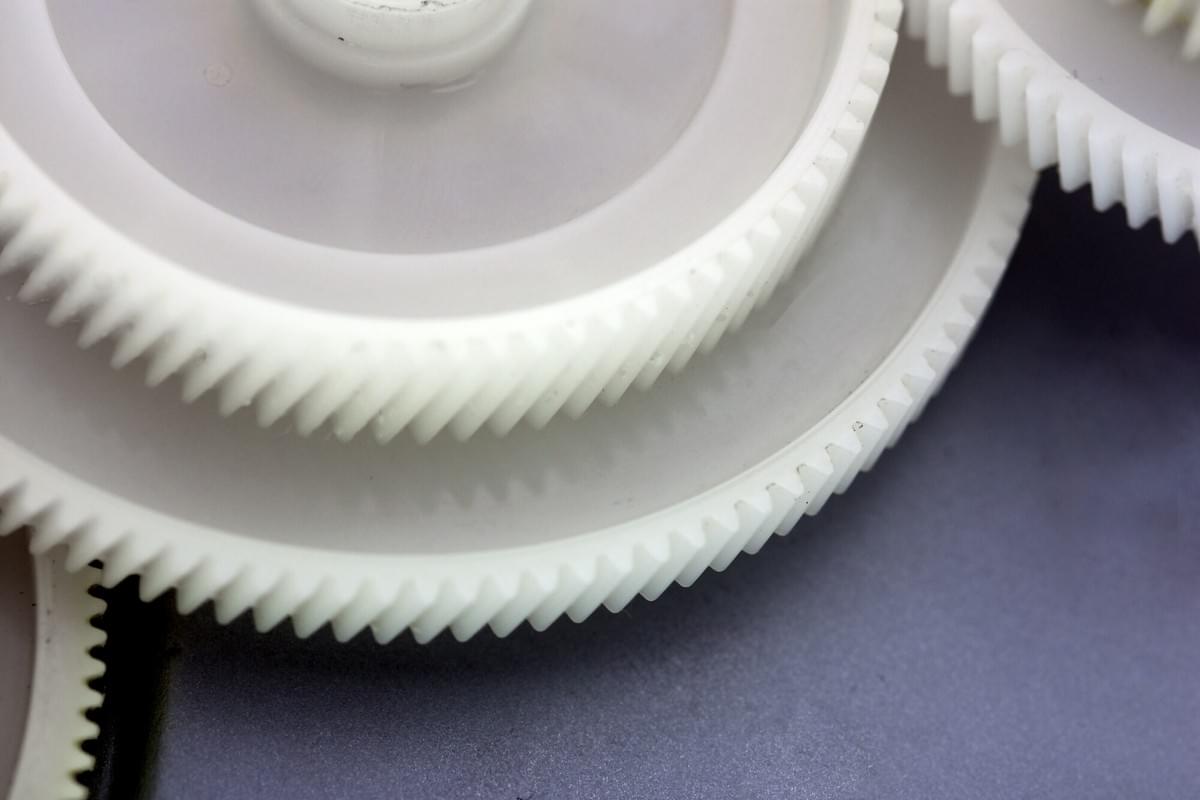
A gear and roller system is used to power machinery. Gear drives are commonly driven by helical gearing and require oil baths. These oil baths can be contaminated and expensive to maintain. Worse yet, spent oil is toxic and environmentally harmful. To avoid these problems, consider switching to a self-lubricating gear system. This article will explain how self-lubricating gearing can benefit your production process.
A recent study conducted by Hinterstoisser and colleagues investigated the influence of superfinished tooth flanks on gear friction. Their results showed a reduction of approximately 20 to 35% compared to gears with standard tooth flanks. This result was similar to that obtained by Petry-Johnson and Lohner et al. The results of these experiments were also explained by transient EHL simulations. Besides the researchers who studied non-lubricated gears and rollers, Lohner et al. found that they could reduce gear friction by 40 percent.
The iCam followers system has a wide variety of applications. They are self-lubricating, so they don't require lubricating oil baths. One example is grain milling, where grain is passed between two counter-rotating grinding rolls until the desired particle size is achieved. Moreover, non-metallic gear and roller systems can be used for feed grinding and sugar cane processing.
Moreover, proper lubrication helps reduce wear and provides a thin hydrodynamic film between rolling elements and races. This lubricant film prevents metal-to-metal contact between the rolling elements and races. It is also more effective in reducing heat generated during operation and provides many thousands of hours of reliable service. For this reason, lubricated gear and roller systems are better than their non-lubricated counterparts
A typical oil containing water is known to have very low mean coefficients of friction. This is known as superlubricity. The coefficient of friction increases when the pitch line velocity is increased. In some cases, water-containing gear fluids have high solid coefficients of friction. When the pitch line velocity increases, the water-based gear fluids are even more effective. A water-based gear fluid is more effective than its non-lubricated counterparts at high pitch line velocities.
The no-load loss curves of conventional gear oils and water-containing gear fluids show a similar trend. Both gear fluids and water-containing gear fluids show a small no-load and load-dependent loss. Despite these differences, both types of gear and roller fluids now exhibit the same trend. A conventional gear oil and water-containing gear fluids have small load-dependent losses, while water-containing gear fluids have small no-load losses.
Water-containing gear fluids have similar properties to conventional gear oils, with the main difference being that they are based on water-soluble polyalkylglycols. Their kinematic viscosity at 100 degC is approximate. They contain the same additives as PAO-05A and PAO-09A, but differ in their densities. Compared to conventional gear oils, water-containing gear fluids exhibit lower viscosities than conventional gear oils. Check out this site: https://en.wikipedia.org/wiki/Gear to find out more about this topic.